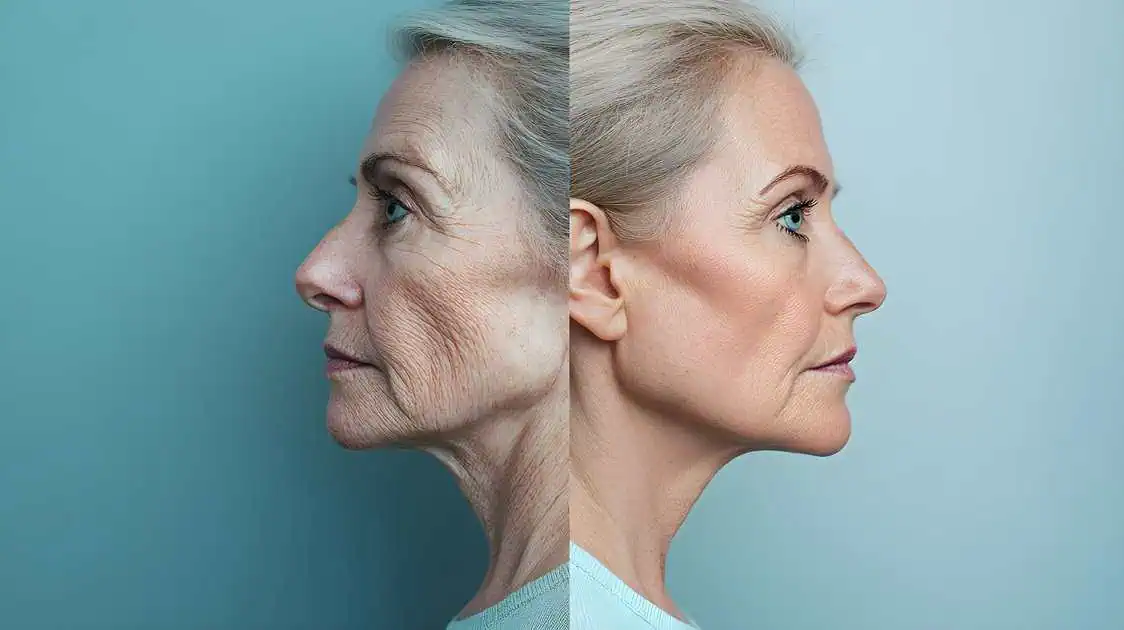The snow has arrived and whether you look forward to this or not, the white stuff will be staying on the ground for a while! It’s time to take the cobwebs off the rake and shovel. A dreaded activity, but for most of us, a necessary duty. As I am sure you all have experienced, raking and/or shoveling requires a lot of twisting and engagement of muscles in the hips and low back. Like gardening, it’s hard NOT to feel fatigued with sore muscles in your lower back afterward. While you can’t help but to use muscles in your back, there is an efficient way to perform this bending/twisting move to help decrease low back strain. Follow below to learn how!
If you have ever played golf, swung a tennis racket, or thrown a baseball, you have experienced movement within the hips. That being, HIP MOVEMENT while providing stability to your low back. Any rotational sport requires a great amount of hip rotation. One of the problems regarding low back pain with rotational activities is that LIMITED hip rotation will then require greater motion to come from the low back. The lumbar spine (low back vertebrae) is shaped in a particular way with angles that allow for forward bending and extension, and not a whole lot (less than 5 degrees) of rotation.
So first off, we need to “warm up those hips” and make sure you’re moving properly through the hips in effort to put less strain on the lumbar spine with rotation. Another important thing to assess is the way you bend over. I mentioned this earlier, but no matter how you bend over, you cannot help but to use the muscles in the low back. Even with “perfect form” these muscles contract, so we need to address the WAY you bend in effort to use the muscles the most efficiently.
A hip hinge is the preferred way to bend over while keeping your knees somewhat straight. Self-explanatory here, as you are literally hinging from your HIPS rather than through your LOW BACK. The reason this is preferred is that it allows you to use bigger and stronger muscles, and greater recruitment of the hamstrings and the glutes (back of thigh and butt muscles). Remember the lumbar spine vertebrae DO allow for this forward flexed position. So, I am not saying that you cannot ever bend from your low back, but it is not a preferred way of bending repetitively. These low back muscles are EASILY FATIGUED. Therefore, you feel it in your low back if all you’re doing is hinging from your low back. While you may get some annoying soreness from raking/shoveling, this flexed + rotated lumbar spine motion OVER TIME can very well lead to more serious injuries… disc herniations, ligament sprains, more intense muscle strains or spasms…
For you weightlifters out there, this hip hinge is basically a deadlift. You will literally be stronger if you hinge properly through the hips and maintain a neutral spine. A flexed spine will not allow proper recruitment of the hamstrings and glutes.
So, let’s put these moves together!
A PROPER HIP HINGE and rotating THROUGH THE HIPS is the preferred way of moving with raking/shoveling. Take your time if you have to. To be honest, you don’t even need to rotate with some of these moves. You could do more of a “foot shuffle” than pivoting and rotating from the hips. See examples below.
For raking, I could very well do more of a side to side shift rather than rotation. Another tweak I can do (more so for shoveling) is more of a squat than a hip hinge. I like to think of “standing tall” and really try to prevent bending in the low back. I also try to keep the rake/shovel AS CLOSE TO MY BODY as possible. Closer = stable, further away from the body is harder and potentially adding to the stress on these muscles and structures. See examples below.
Let’s break down these moves and show you what you can do at home! DON’T WAIT until you feel symptoms. Symptoms are always the LAST thing to come on. Ideally your movement mechanics are good, and you are strong enough to be able to handle raking and shoveling without it ruining your week!
- Hip hinge/deadlift: maintain a neutral spine, push butt backward, knees have slight bend
- Figure 4-glute stretch for greater hip mobility: cross leg over other knee, lean forward
- Windshield wipers: laying on back, wide foot stance, move knees to left and right
- Hip rotation around pivot foot: pivot around the foot and try to point your pelvis where you want to go
- Lateral lunge (side to side raking): wide stance for a greater stretch
- Side plank and prone plank: Without going too far into detail here, you want proper pelvic position. Sometimes when the core muscles (think abs) are disengaged then your pelvis can tilt in a particular direction that stresses the low back. These raking/shoveling moves require a great deal of core muscle engagement.
See below a step-by-step video with all the moves & exercises listed above.
*The other option to all of this, which was suggested by a patient of mine, is to make your kids do the shoveling!;)
Don’t hesitate to contact Dr. Ryon with any questions at ryon@visitwellness.co. Call Wellness Co. to schedule your next Chiropractic appointment!
Dr. Ryon Bosscher D.C.
Wellness Co.
Zeeland, MI










